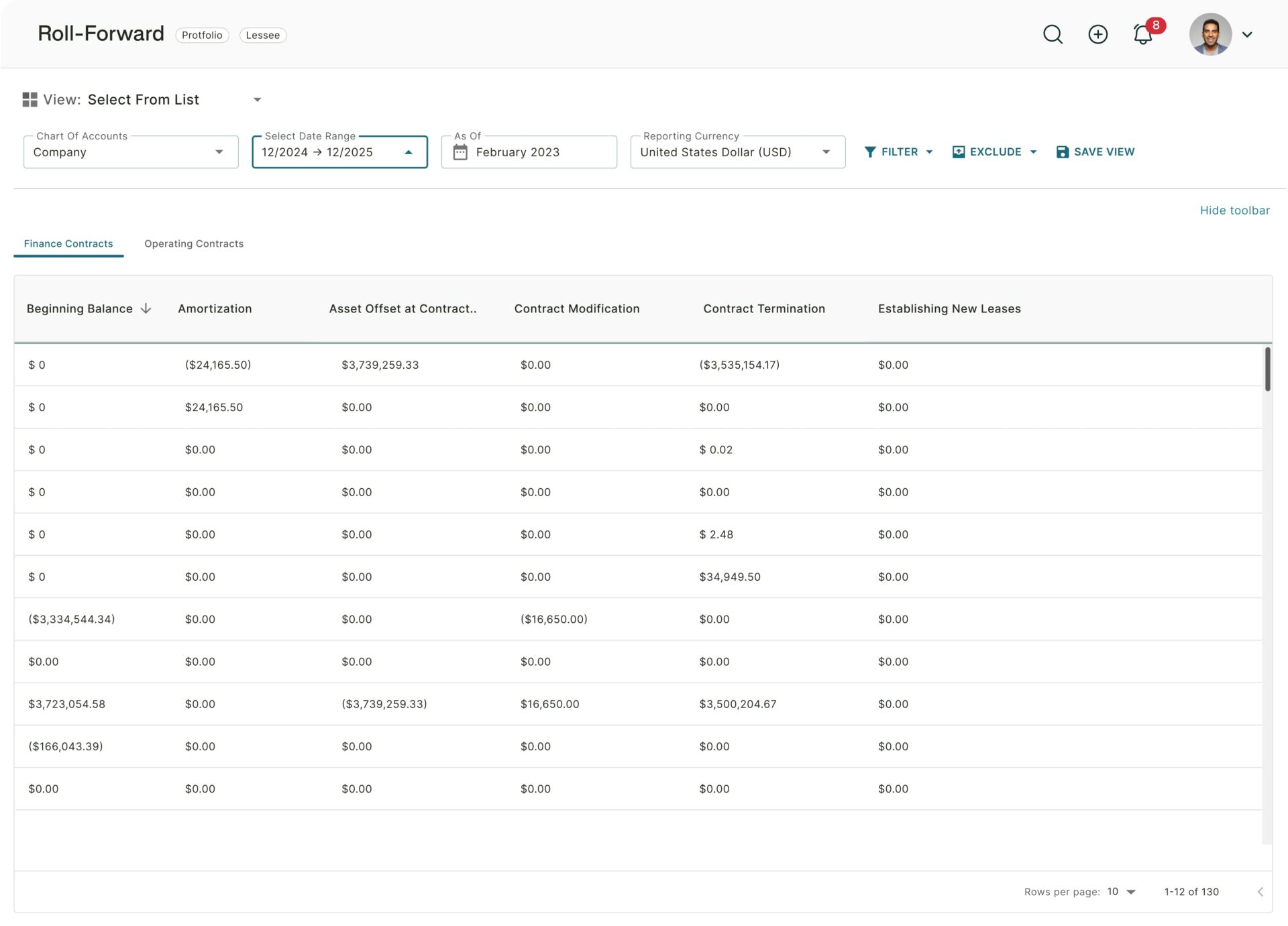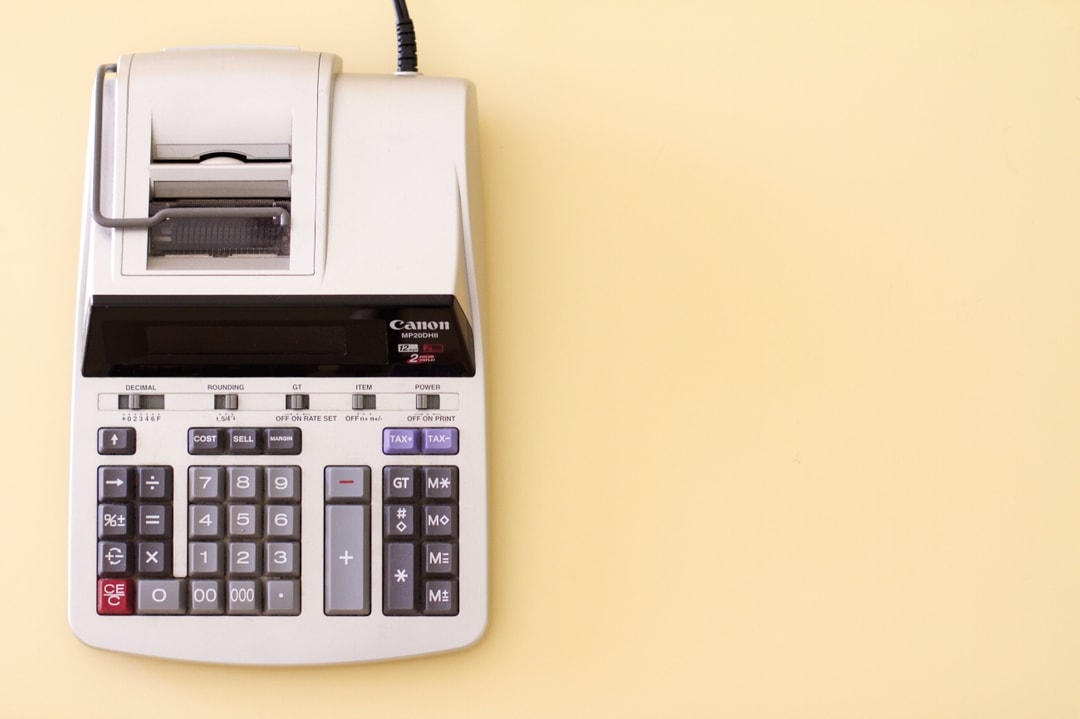Introduction
ASC 842 has changed how companies account for leases, requiring most leases to be recognized on the balance sheet and tracked more rigorously than before. This guide breaks down the standard in clear, practical terms so you can understand its requirements and apply them with confidence.
In this guide, you’ll get a quick, structured overview of:
- What ASC 842 is and why it matters
- How to determine whether a contract contains a lease
- How to calculate lease liabilities and ROU assets
- How operating and finance leases differ
- Key disclosure and reporting requirements
- The challenges of manual compliance
- How software like Trullion simplifies ASC 842
What is ASC 842?
ASC 842 is the FASB lease accounting standard that requires organizations to track and disclose their leased assets. It replaces the previous US GAAP lease standard, ASC 840, and is sometimes referred to as FASB Topic 842.
The standard provides guidance on the accounting and financial reporting for contracts that meet the definition of a lease. The goals of ASC 842 are to:
- Streamline the accounting for leases under US GAAP
- Enhance transparency into liabilities resulting from leasing arrangements, particularly operating leases
- Reduce off–balance-sheet activities
Under ASC 842, almost all leases must be recognized on the balance sheet with a lease liability and a right-of-use (ROU) asset. This requirement applies to both operating and finance leases, subject to certain exemptions, and significantly increases transparency within financial statements.
What qualifies as a lease under ASC 842?
ASC 842 doesn’t treat every recurring payment as a lease. Instead, a contract qualifies as a lease only if all three criteria are met:
- The asset is identifiable: either physically distinct (e.g., a specific vehicle), or represents substantially all the capacity of a larger asset.
- The lessee receives substantially all economic benefits from using the asset.
- The lessee has the right to direct the use, including decisions about how and for what purpose the asset is deployed.
ASC 842 lease classifications
ASC 842 requires both lessees and lessors to classify leases at lease commencement, and that classification determines how the lease is measured, expensed, and presented in the financial statements. While the terminology evolved from ASC 840, the underlying concepts remain familiar.
For lessees: Operating leases vs. finance leases
Lessees classify leases as either operating leases or finance leases (formerly “capital leases”). A lease is classified as a finance lease if any of the following five criteria are met:
- Ownership transfer: The lease transfers ownership of the underlying asset to the lessee by the end of the lease term.
- Purchase option: The lease contains a purchase option that the lessee is reasonably certain to exercise.
- Lease term ≥ 75% of the asset’s economic life: The noncancellable lease term covers a major portion of the asset’s useful life.
- Present value ≥ 90% of fair value: The present value of lease payments equals or exceeds substantially all of the asset’s fair value.
- Specialized asset: The underlying asset is so specialized that it has no alternative use to the lessor at the end of the lease term.
If none of these criteria apply, the lease is classified as an operating lease.
For lessors: Operating, sales-type, and direct financing leases
Lessors classify leases into one of three categories:
- Operating leases: The lessor retains most of the risks and benefits of ownership.
- Sales-type leases: The lease effectively represents a sale, and the lessor recognizes selling profit (or loss) upfront.
- Direct financing leases: The lessor treats the arrangement similarly to a financing transaction, recognizing interest income over time.
The classification depends on a combination of the lessee criteria and whether the lessor relinquishes control or retains a continuing involvement in the asset.
How classification impacts accounting treatment
Lease classification under ASC 842 directly determines how leases appear on the financial statements – shaping expense recognition, balance sheet presentation, and cash flow classification.
While both lessees and lessors record right-of-use assets and lease liabilities (or lease receivables, for lessors), the pattern of recognition changes meaningfully based on classification.
For lessees:
- Operating leases reflect a rental-like arrangement. Expense is recognized evenly over the lease term, regardless of payment timing. This keeps the income statement smooth and predictable. Even though the expense is straight-line, the underlying accounting model includes an amortizing liability and a declining ROU asset. These changes occur “behind the scenes,” while the P&L shows one combined lease cost.
- Finance leases are treated more like the acquisition of an asset financed over time. Interest expense is recognized on the lease liability using the effective interest method, while amortization represents the reduction of the ROU asset over its useful life.
- Because interest expense declines as the liability amortizes, total expense is higher in the early years of the lease and decreases over time. This matches the economic substance of a financed purchase.
For lessors:
- For operating leases, the lessor retains ownership of the asset and the asset remains on the lessor’s balance sheet. Lease income is recognized over time, generally on a straight-line basis.
- For sales-type leases, the lessor effectively transfers control of the asset to the lessee. Revenue and cost of goods sold (COGS) are recognized upfront, similar to selling the asset. A net investment in the lease is recorded, and interest income is recognized over the lease term.
- For direct financing leases, the lessor transfers the asset but does not record selling profit upfront (usually because profit is deferred or absent). The lessor records a net investment in the lease. Interest income is recognized over the lease term, similar to a financing arrangement.
How are lease assets and liabilities calculated under ASC 842?
The leased asset’s value is calculated as the initial liability plus and initial direct costs and payments before commencement, subtracting incentives if there are any.
- Right-of-use Asset Value = Initial liability + Initial direct costs + Payments before commencement – Incentives
The lease liability, on the other hand, is the total present value of pending payments, using the discount rate as specified in the lease contract.
- Lease Liability = total value of payments * discount rate (You can read more on calculating lease liability here).
Operating lease accounting under ASC 842
Before ASC 842, operating leases were like using a credit card without showing the outstanding balance. Now, companies must show the balance — and how long it will take to pay it down.
The most notable change under ASC 842 is that operating leases now appear on the balance sheet. Under ASC 840, operating leases were disclosed but not recognized as assets or liabilities. Read more in our operating lease accounting guide.
- Initial recognition: At the commencement date, lessees record an ROU asset and a lease liability representing the discounted future payments. Both are mandatory, even for leases previously considered “off-balance-sheet.”
- Subsequent measurement: Operating leases use a single lease cost, recognized on a straight-line basis over the lease term. Behind the scenes, the ROU asset amortizes and the liability unwinds, but the income statement shows one expense, maintaining a smooth presentation.
Journal entry example: Initial recognition
Dr. ROU Asset
Cr. Lease Liability
Journal entry example: Ongoing periodic entry (single lease cost)
Dr. Lease Expense
Cr. Lease Liability (interest portion)
Cr. ROU Asset Amortization (balance)
Financial statement presentation
- Balance sheet: Separate ROU asset and lease liability
- Income statement: One lease expense line
- Cash flows: All operating lease payments → Operating activities
Deferred rent under ASC 842
ASC 840 tracked deferred rent to account for uneven payment schedules. ASC 842 eliminates this account: timing differences are now embedded directly in the ROU asset and lease cost calculations. This leads to cleaner, more intuitive reporting.
Finance lease accounting under ASC 842
Finance leases follow the same recognition model as operating leases: recording an ROU asset and lease liability at commencement. But the expense pattern is different.
Finance leases show two separate expenses: Interest expense on the lease liability, and
amortization expense on the ROU asset. This creates a front-loaded total cost curve, more reflective of a financed purchase.
Journal entry example: Initial recognition
Dr. ROU Asset
Cr. Lease Liability
Journal entry example: Interest expense each period
Dr. Interest Expense
Cr. Lease Liability
Journal entry example: Amortization of ROU Asset
Dr. Amortization Expense
Cr. Accumulated Amortization – ROU Asset
Financial statement presentation
- Balance Sheet: ROU asset + lease liability
- Income Statement: Two expenses (interest + amortization)
- Cash Flows: Principal → Financing activities, and Interest → Operating activities
ASC 842 disclosure requirements
ASC 842 added extensive qualitative and quantitative disclosures to help users understand an organization’s leasing activities, assumptions, and risks.
For qualitative disclosures, organizations must describe:
- The nature of lease arrangements
- Significant judgments (e.g., determining lease term, identifying lease components, selecting discount rates)
- Lease accounting policies
- Variable lease arrangements
- Options and guarantees that may affect future cash flows
For quantitative disclosures, organizations must disclose:
- Lease costs (finance, operating, short-term, variable)
- Maturity analysis of lease liabilities (undiscounted cash flows by year)
- Weighted-average remaining lease term
- Weighted-average discount rate
- Cash paid for leases, with operating vs. financing split
- Supplemental non-cash activity, such as new leases recognized
These disclosures are often produced through a combination of system data, judgment, and recurring calculations.
How does ASC 842 differ from ASC 840?
The most important differences:
- Classification timing:
- ASC 840 → at lease inception, and ASC 842 → at lease commencement
- Balance sheet impact:
- ASC 840 → operating leases off-balance-sheet, and ASC 842 → most leases on-balance-sheet
- Data requirements: Renewal options, variable rentals, incentives, discount rates, and assumptions all now require tracking and updating.
Challenges of manual tracking under ASC 842
ASC 842 dramatically increases the amount of data organizations must manage: payment schedules, options, incentives, discount rates, modifications, reassessments, and more. While spreadsheets can work for extremely small portfolios, manual processes introduce several material challenges:
- Higher risk of errors in calculations: ASC 842 requires complex, interconnected calculations. Even minor formula errors like missed rows, broken links, incorrect IBRs can cascade into misstated ROU assets, liabilities, and disclosures. Calculations include:
- Present value of lease payments
- Remeasurement triggers
- Amortization schedules
- Classification testing
- Discount rate application
- Difficulty maintaining a reliable audit trail: Spreadsheets rarely provide sufficient transparency or control. As leases evolve over time with renewals, modifications, impairments, maintaining an audit-ready trail becomes nearly impossible without structured systems. Auditors expect:
- Clear documentation of judgments
- Change logs
- Version history
- Evidence of approvals
- Complete data lineage
- Time-consuming and operationally burdensome: Repetitive tasks consume disproportionate time every month and quarter, especially for organizations with hundreds of leases. Manual lease accounting requires teams to:
- Input data across multiple tabs
- Reconcile beginning and ending balances
- Update discount rates
- Perform straight-line or amortization calculations
- Rebuild schedules after each modification
- Track expiration and renewal timelines
The cumulative cost isn’t just accounting hours. Manual tracking also slows the business, delaying close timelines and increasing the likelihood of late or inaccurate financial reporting.
ASC 842 software solutions
ASC 842 introduced a level of data, calculation, and documentation complexity that makes manual processes increasingly difficult to sustain—especially as lease portfolios grow. While organizations can technically implement the standard using internal resources or external advisors, the ongoing process of maintaining compliance is where specialized software becomes essential.
Many small organizations begin with spreadsheets (usually workable for five or fewer leases), or basic lease databases that rely heavily on manual entry. But as soon as lease volumes increase—or modifications, renewals, and remeasurements become frequent—the limitations of manual tracking quickly become clear. That’s why many teams turn to AI-powered ASC 842 software to automate the most resource-intensive parts of the standard and reduce risk.
Key features to look for in ASC 842 software:
- Automated data extraction: Extract key terms directly from lease documents instead of manually keying dates, options, payments, and incentives.
- Built-in ASC 842 calculations: Automatically compute the ROU asset, lease liability, straight-line lease expense, modifications, and remeasurements—without relying on complex spreadsheet formulas.
- Automated journal entries: Generate period-over-period entries for both operating and finance leases with audit-ready detail.
- Disclosure and reporting tools: Produce compliant qualitative and quantitative disclosures, maturity analyses, and weighted averages with a single click.
- Integration with existing systems: Sync data with ERP, GL, AP, and procurement systems to eliminate duplicate entry and maintain consistency across financial processes.
- Audit trail and documentation capabilities: Ensure every assumption, calculation, and modification is traceable. Look for version control, activity logs, and attached documentation to strengthen compliance and support audit reviews.
How Trullion simplifies ASC 842 compliance
ASC 842 introduces new data requirements, calculations, and documentation expectations that push manual processes to their limit. Trullion was built to automate these steps from end to end—removing friction, reducing risk, and helping teams close faster with complete confidence.
With Trullion, your lease accounting process becomes:
- AI-powered from the start: Upload PDFs or spreadsheets and let Trullion intelligently extract key terms — payments, options, incentives, end dates — without manual entry.
- Always accurate: Real-time calculations ensure your lease liability and ROU asset schedules are always up to date, reflecting modifications, renewals, and reassessments automatically.
- Automatically compliant: Generate ASC 842 journal entries and disclosures with one click, using built-in logic aligned with the standard.
- Ready for every modification: Trullion tracks changes over the life of each lease and performs automated remeasurements so you never miss a triggering event.
- Fully auditable: Every number links back to its source document with a complete audit trail—giving controllers, auditors, and stakeholders confidence in the data.
- Integrated into your existing workflow: Sync Trullion with your ERP and financial systems to eliminate duplicate entry and maintain consistency across your accounting environment.
Conclusion
ASC 842 compliance isn’t optional. Every organization with leases — whether two or two thousand —must meet the standard’s requirements:
- Balance sheet recognition for nearly all leases
- Extensive data collection beyond dates and payments
- Ongoing tracking, judgments, and remeasurements over the life of each lease
Manual processes make these obligations slow, error-prone, and difficult to audit. Modern software solutions, especially AI-powered platforms like Trullion, eliminate repetitive work, ensure accuracy, and help teams stay compliant at scale.
See how Trullion automates ASC 842 compliance — book a personalized demo, or download our full ASC 842 implementation guide.





